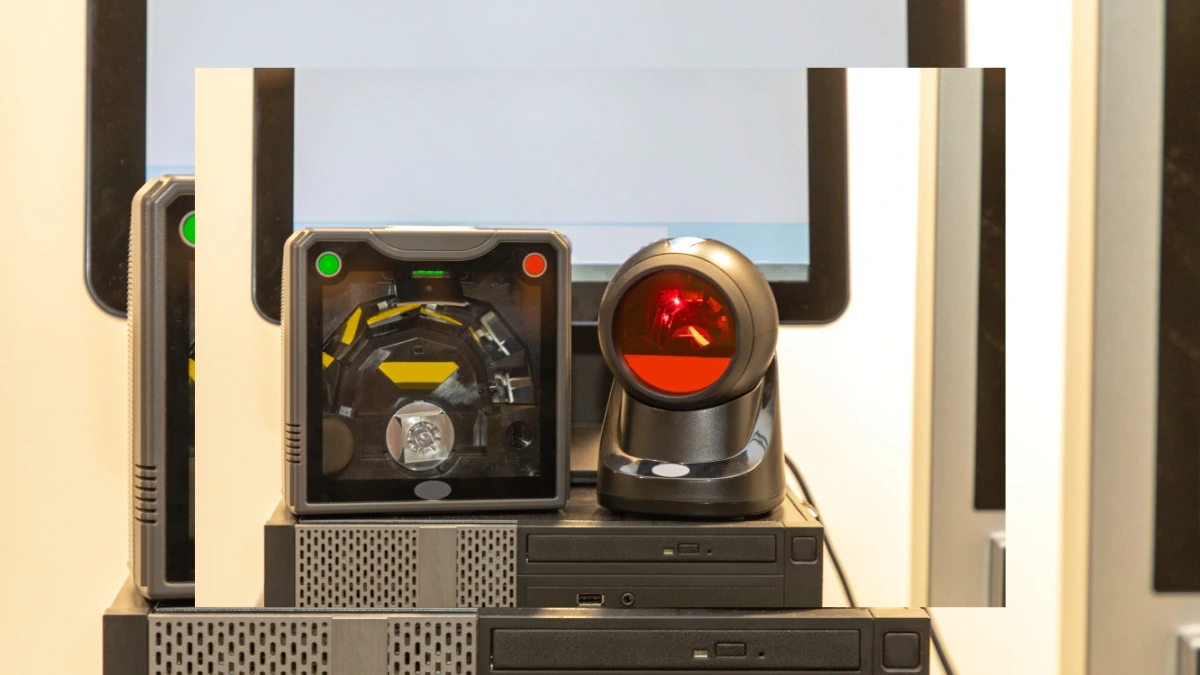The presence of barcode scanner is a tool that functions to scan and read the information contained in barcodes that are generally located on products, shipping labels, identity cards, or other documents. One type of barcode scanner is a fixed-mount scanner which has some functions and advantages.
The functions of a hybrid fixed-mount scanner include system integration to increase productivity. The advantages include an automated process, ease of integration, to ability to read 1D and 2D barcodes.
This article will give you information on fixed-mount scanners from the definition, functions, the advantages that they have, and their application.
Also Read
Table of Contents
What is a Fixed-Mount Scanner?

Fixed-mount scanners are scanners that are permanently installed in one location and intended for automation of production lines, goods conveyors, or logistics systems. These scanners allow for automatic scanning on the fly without human intervention.
The Functions of Fixed-Mount Scanner
Fixed-mount scanner has several functions from system integration to increased productivity. Here are some of its functions:
- System integration: Capable of being connected to industrial automation systems, such as production lines, conveyors, or inventory management systems.
- Suitable for industrial environments: Ideal for use in warehouses, factories, or production lines where repetitive and fast scanning is required.
- Increased productivity: Capable of increasing productivity with the ability to scan quickly and continuously, suitable for mass production processes.
The Advantages of Fixed-Mount Scanner

Fixed-mount scanner has several advantages from automated processes, ease of integration, to the ability to read 1D and 2D barcodes. Here are some of its main advantages:
1. Automated process
One of the advantages from this type of scanners its automated user process. These devices are designed to be integrated into industrial automation systems that allow scanning to be done automatically without the need for users to press buttons on the scanner.
2. Ease of integration
Ease of integration is another advantage from this type of scanner. These devices are capable of being integrated with automation systems and data management software, without the need for additional devices.
3. Increased efficiency

This type of scanner is increase the efficiency. The process of checking inventory, tracking products, and managing logistics becomes faster and more efficient with its automatic scanning capabilities.
4. Ability to read 1D and 2D barcode
Some fixed-mount scanners are able to read various types of barcodes. Hence, 1D or 2D barcodes can be easily read with this device. So there is no need to have 2 different scanners to be able to scan different types of barcodes.
The Examples of Using Fixed-Mount Scanners
Here are some examples of using fixed-mount scanners:
- Factory: Tracking products passing through the production line
- Warehouse: Monitoring inventory and movement of goods.
- Cashier system: Reading product barcodes
- Access control systems: Reads identification cards
Those are the definitions, functions, advantages, and example using of fixed-mount scanners that you need to know. Another thing to note is that barcode scanners on the market must pass the certification test from the Directorate General of Digital Infrastructure (DJID).
Barcode scanner regulation is based on the Ministerial Decree (KEPMEN) No. 260 Tahun 2024, which requires all radio frequency-based devices, including barcode scanners, to meet specific technical standards before being sold in the country.
With DJID certification, users can feel calm about using a barcode scanner device whose quality and security are guaranteed. For manufacturers or importers of barcode scanner devices, obtaining certification from DJID is a mandatory step before the device can be officially marketed in Indonesia.
To simplify the certification process, Type Approval Certification Services for ICT Products are available to assist with this process as a reliable solution.











